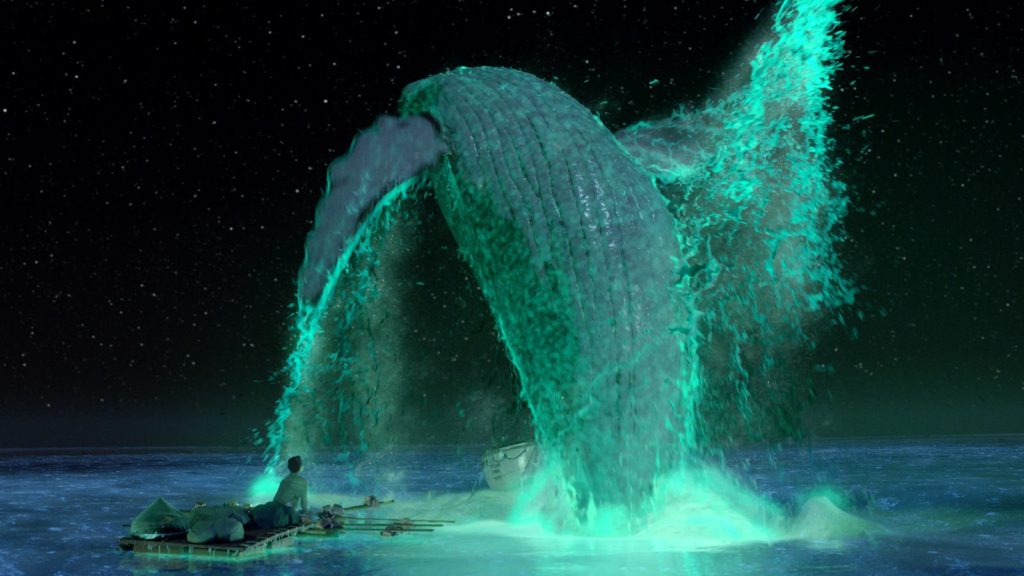
One of the topics I’m asked to speak about most often at churches and conferences and in workshops is how God is helping churches see their neighborhoods with fresh eyes. But lately I’ve also been drawn to another aspect of this relationship. In particular, what if it is within the context of the Neighborhood that the Church itself is best seen?
The metaphor I keep coming back is one of bioluminescence, the chemical process by which organisms—fireflies, some deep-sea fish, and other creatures—emit light. (The word derives from the prefix bio-, meaning “life,” and lumen, or “light.”) I’m especially interested in bioluminescent algae and plankton, which can make waves glow, illuminate footprints in the wet sand, or appear as miles-long light trails behind ocean ships.
Jim Lovell, the commander of the Apollo 13 mission and a former Navy pilot, recalled the time in 1950 when he had to perform his first night landing on an aircraft carrier. Through a series of unfortunate events, he had gone off course. His instrument panel had shorted out (as had the cockpit light), there was no moon, and thick clouds blocked out the stars. He was plunged into darkness, with no sense of where to find his ship, the USS Shangri-La. But when his eyes adjusted to the darkness he saw a faint greenish trail in the water below him. He recognized it immediately as the phosphorescent algae being churned up by the propeller of the aircraft carrier, a road leading him back home.
Robert Macfarlane, the British author of The Wild Places, describes wading into the sea of an island cove near Scotland, and “flinging long streaks of fire” from his fingertips like Merlin. “When it was undisturbed, the water was still and black. But where it was stirred, it burned with light.”
Macfarlane also told this amazing story:
In 2004, a father and son were sailing in the Gulf of Mexico when their yacht was capsized by a gust of wind, sixty miles offshore. They clung to the hull, as it was carried on the powerful currents of the Gulf. After night fell, the water became rich with phosphorescence, and the air was filled with a high discordant music, made of many different notes: the siren song of dolphins. The drifting pair also saw that they were are at the centre of two rough circles of phosphorescence, one turning within the other. The inner circle of light, they realised, was a ring of dolphins, swimming around the upturned boat, and the outer circle was a ring of sharks, swimming around the dolphins. The dolphins were protecting the father and his son, keeping the sharks from them.
Bioluminescent marine organisms live at least just below the surface of the water. They all have the capacity to make light, but they’re so small that they can only be seen in community with each other. “By processes not entirely understood,” says Macfarlane, “these simple creatures ignite into light when jostled. They convert the energy of movement into the energy of radiance.”
Maybe you’re starting to see why I’m so drawn to this image, and why I think it’s relevant to Slow Church. As followers of Jesus, we have the light of Christ inside us. We are “theoluminescent.”
St. Paul told Christians in the city of Ephesus to “walk in the way of love”:
For you were once darkness, but now you are light in the Lord. Live as children of light (for the fruit of the light consists in all goodness, righteousness and truth) and find out what pleases the Lord…[Everything] exposed by the light becomes visible—and everything that is illuminated becomes a light. (Ephesians 5:8-10, 13)
In the Sermon on the Mount, Jesus said, “You are the light of the world. A city on a hill cannot be hidden. Neither do people light a lamp and put it under a bowl. Instead they put it on its stand, and it gives light to everyone in the house. In the same way, let your light shine before others, that they may see your good deeds and glorify your Father in heaven.” (Matthew 5:14-16)
Theoluminescent, we are “children of the light” (John 12:36). For too long, too many displaced and disembodied churches have lived above or apart from their neighborhoods. (Chris and I talk about this in Chapter 3 of the Slow Church book.) But what if the Church got below the surface? What if we moved more of our lives into the ongoing life of our neighborhoods? What if we let ourselves be jostled and churned up in our particular places? And what if we did all this within the context of communities of other believers? I think what would happen is that the Church, like those bioluminescent organisms, would turn the energy of movement into the energy of radiance. We would be a trail of light pointing the way home.
By God’s grace, we would shine.
Image Credit: The image above is from a beautiful scene in the 2012 film Life of Pi. Here’s the full scene:
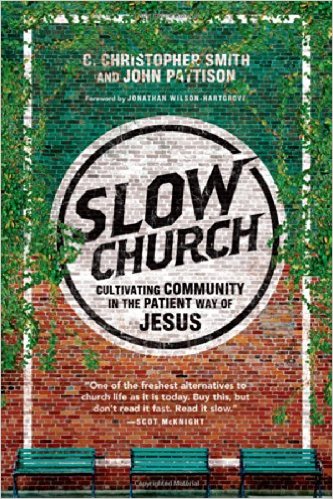

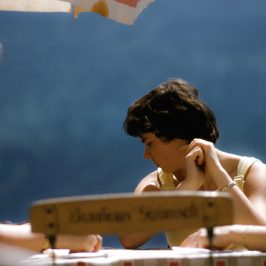

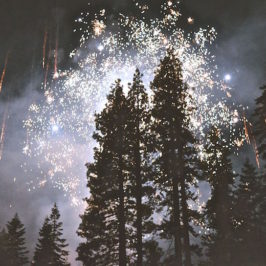
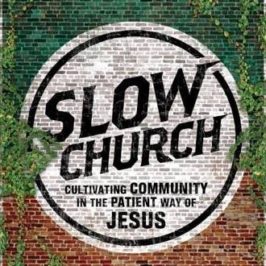
Leave a Reply